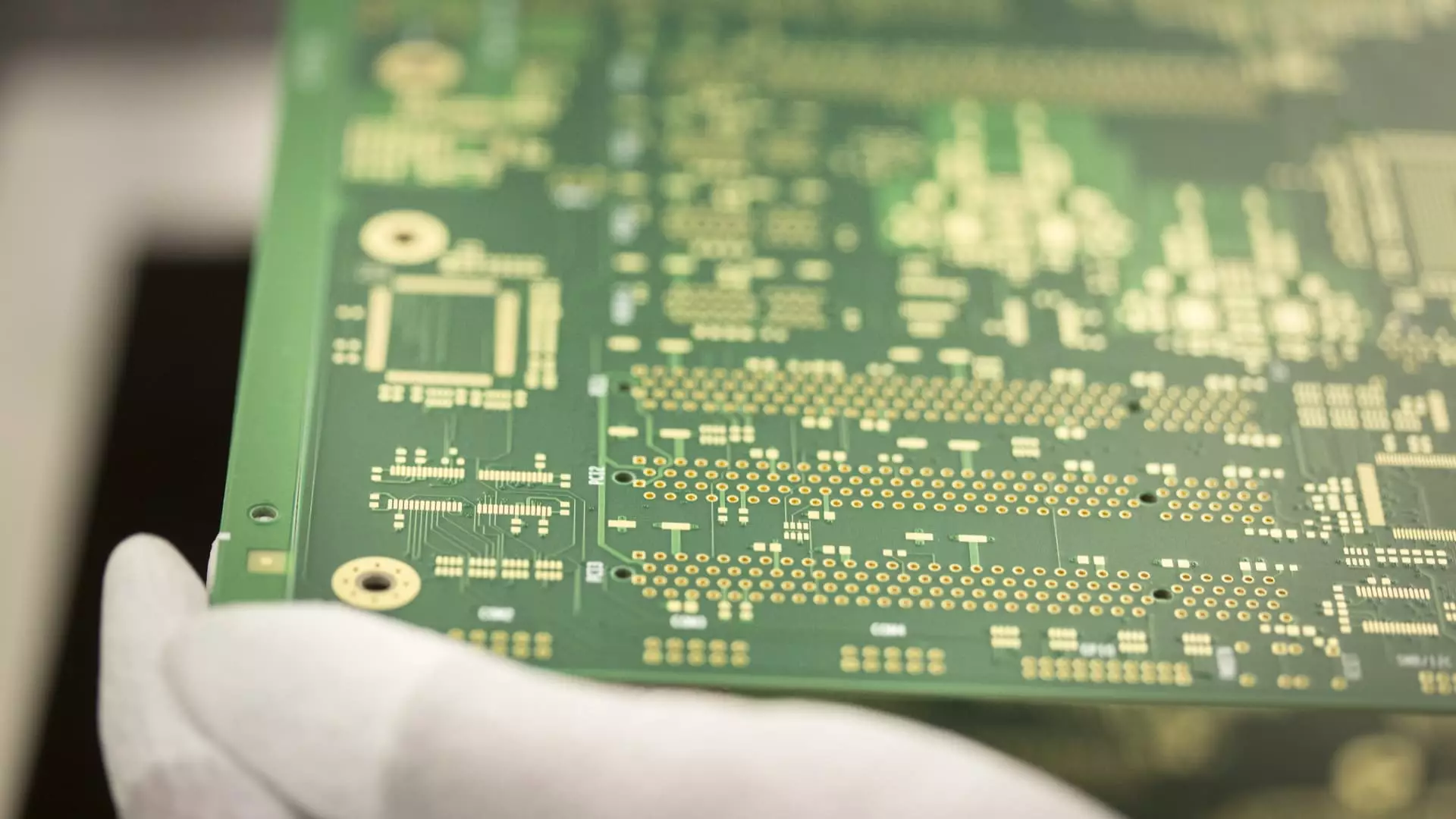The recent decision by the U.S. government to lift export restrictions on chip-design software sent ripples through the global semiconductor industry. Major players like Synopsys, Cadence, and Siemens EDA have all announced the resumption of sales and support to Chinese customers, signaling a momentary thaw in a years-long trade confrontation. While the move might appear as a pragmatic step to stimulate economic growth and foster innovation, beneath the surface lies an intricate web of risks that could threaten American technological supremacy and national security.
This policy change raises profound questions about whether the calculus is rooted in strategic foresight or mere economic opportunism. The decision to ease restrictions suggests an acknowledgment that containment strategies, especially in the high-stakes world of semiconductor technology, have limitations. However, sovereignty concerns, the risk of technology transfer to military applications, and China’s relentless pursuit of self-sufficiency paint a more complex picture: is this a necessary recalibration or a dangerous gamble with long-term consequences?
Market Reactions and Short-Term Gains Versus Long-Term Stability
The immediate response from the market revealed a mix of optimism and concern. Shares of Synopsys and Cadence jumped significantly overnight, reflecting investor confidence that the easing of restrictions could boost revenues and rekindle growth prospects in China. These firms, representing substantial portions of the global EDA (Electronic Design Automation) market, stand to benefit from renewed access to one of their key markets. In the short run, this appears to be a win-win scenario—companies regain profitability, and supply chains are relieved of bottlenecks.
However, this euphoria may blind stakeholders to the broader geopolitical risks. The U.S. government’s initial restrictions aimed to prevent China from accessing advanced chip design tools that could bolster its military and technological independence. By reversing course, Washington risks empowering a nation still viewed by many in the U.S. strategic establishment as a long-term competitor rather than an partner. Does this move represent a strategic retreat, or is it an acknowledgment that the current tools of economic coercion have worn thin? The answer likely hinges on whether such policy shifts are sustainable or merely tactical gestures that fail to address deeper geopolitical tensions.
Implications for Innovation and National Security
One of the most troubling aspects of the easing is the potential erosion of American technological leadership. China’s own policies to bolster domestic chip design capabilities are aggressive and well-funded. The Chinese government’s push for self-reliance in semiconductors underscores a long-term strategy to diminish U.S. dominance in critical industries. Easing export controls, even temporarily, might inadvertently accelerate China’s ability to develop indigenous software and hardware capabilities.
Furthermore, the relaxation of controls blurs the lines between commercial and military technology transfer. Critical software for chip design is inherently dual-use, with military applications often indistinguishable from civilian pursuits. By lifting restrictions, the U.S. could be inadvertently facilitating the transfer of sensitive technology that might ultimately threaten its security interests. This is especially alarming given China’s increased focus on advanced weaponry and strategic military modernization—in a realm where technological edge is a matter of national survival.
Strategic Dilemmas in a Multipolar World
While policymakers may argue that engagement and openness foster innovation, the reality is that a multipolar world demands nuanced diplomacy. The United States must balance maintaining its technological edge with managing economic ties that are crucial for global stability. The risk of further escalation or miscalculation increases when high-tech exports are liberalized amid ongoing geopolitical tensions.
This move to loosen restrictions must be scrutinized beyond immediate commercial impacts. It reflects a broader debate about whether the U.S. should double down on innovation via strategic investment and robust protection of critical technologies or pursue a more conciliatory approach that risks diluting American leadership. In the current era, where technological supremacy underpins geopolitical influence, the stakes are simply too high to settle for short-term economic gains at the expense of long-term strategic dominance.
A Cautionary Perspective: The Need for Deliberate Restraint
The decision to relax export controls appears ultimately shortsighted if not accompanied by comprehensive safeguards. The complex interplay of economic resilience, national security, and technological sovereignty demands a more cautious approach. While fostering a more open market may benefit certain corporations in the near term, the broader risk landscape suggests that complacency could have enduring repercussions.
In a world that is increasingly characterized by technological competition, complacency is a luxury that policymakers and industry leaders cannot afford. The U.S. must recognize that once certain elements of its technological infrastructure are shared or loosened, reasserting control becomes exponentially more difficult. The challenge lies in crafting policies that protect foundational security interests without stifling innovation—an equilibrium that is far more delicate than many are willing to admit.
This policy shift, though brief and seemingly pragmatic, should serve as a stark reminder: the relentless march toward economic openness must be tempered with strategic prudence if America aims to retain its technological leadership. The risks of empowering China without sufficient safeguards are far too consequential to ignore.

